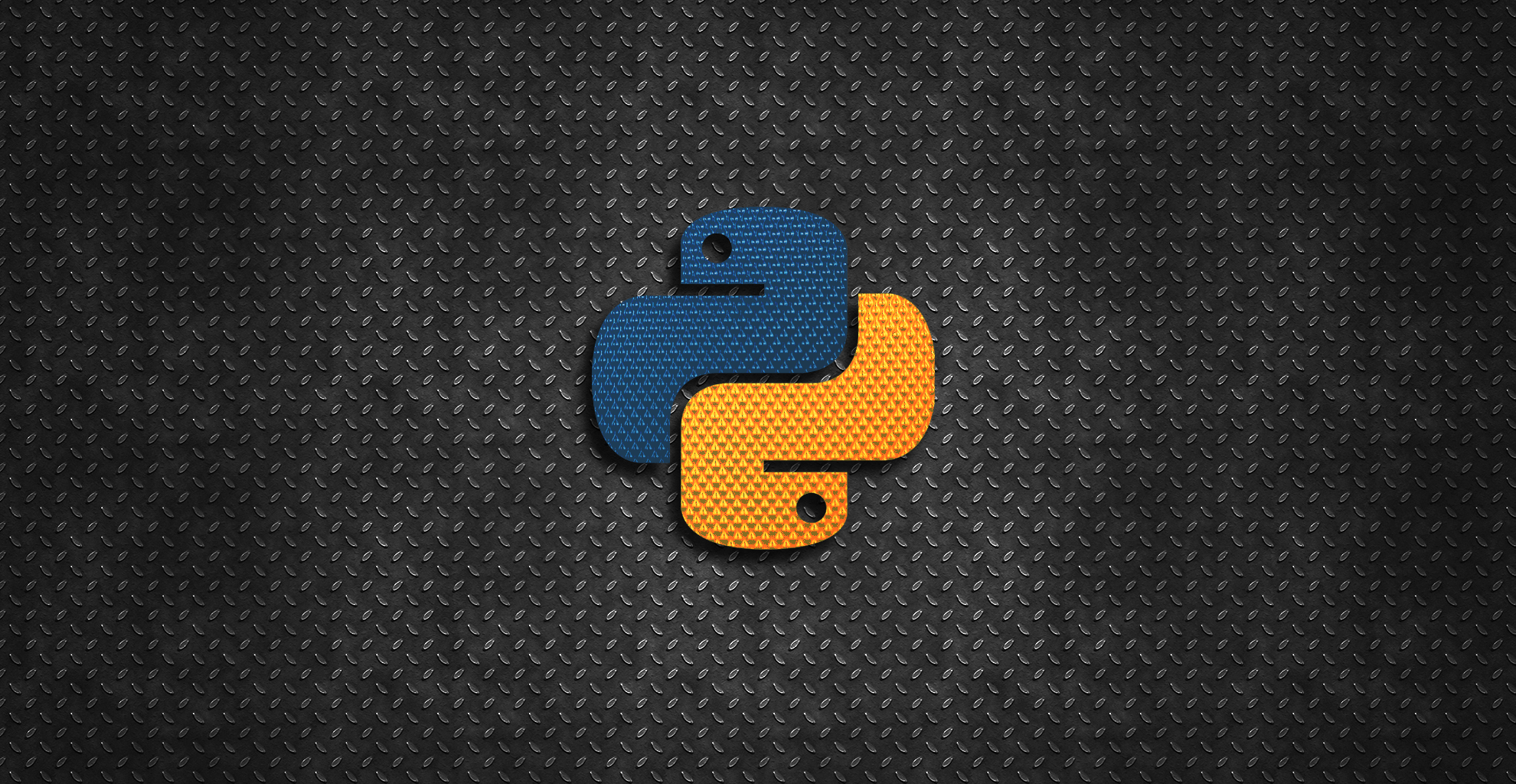Introduction
Python has become one of the most popular programming languages in the world, thanks to its simplicity, readability, and versatility. One of the key reasons for its popularity is the extensive ecosystem of libraries available to developers. These libraries can help you perform a wide range of tasks, from data analysis and visualization to machine learning and web development. In this blog post, we’ll explore the top 10 Python libraries you need to know about.

1. NumPy
NumPy (Numerical Python) is the fundamental package for numerical computation in Python. Moreover, it provides support for arrays, matrices, and many mathematical functions to operate on these data structures. Additionally, NumPy is essential for scientific computing and serves as the foundation for many other Python libraries, including pandas and SciPy.
Key Features:
- Efficient multi-dimensional array operations
- Mathematical functions for linear algebra, random number generation, etc.
- Integration with C/C++ and Fortran code
2. pandas
pandas is a powerful data manipulation and analysis library built on top of NumPy. Generally, it provides data structures like DataFrames and Series, which are ideal for handling structured data. Likewise, with pandas, you can easily read, manipulate, and analyze large datasets.
Key Features:
- Data manipulation with DataFrames and Series
- Reading and writing data from/to various file formats (CSV, Excel, SQL, etc.)
- Powerful group by and pivot table operations
3. Matplotlib
Matplotlib comprehensively creates static, animated, and interactive visualizations in Python. It is particularly useful for generating plots, histograms, bar charts, and other types of graphs. As a result, Matplotlib is highly customizable, allowing you to create publication-quality visualizations.
Key Features:
- In addition, it offers a wide range of plotting capabilities.
- Moreover, it allows for customizable plots with various styles and themes.
- Furthermore, it integrates seamlessly with NumPy and pandas.
4. SciPy
SciPy (Scientific Python) provides tools for scientific and technical computing. It builds on NumPy, and for instance, it provides additional functionality for optimization, integration, interpolation, eigenvalue problems, and more. Scientists and engineers widely use SciPy in their research and engineering endeavors.
Key Features:
- Moreover, it provides advanced mathematical functions and algorithms.
- In addition, it offers tools for optimization, integration, and interpolation.
- Furthermore, it includes modules for signal processing and image manipulation.
5. Scikit-learn
Scikit-learn is a popular machine learning library that provides simple and efficient tools for data mining and analysis. It is built on NumPy, SciPy, and Matplotlib. In simpler terms, Scikit-learn is known for its ease of use and versatility, making it a go-to choice for machine learning practitioners.
Key Features:
- Additionally, it offers a wide range of machine learning algorithms, including classification, regression, clustering, and more.
- Moreover, it provides tools for model selection and evaluation.
- Furthermore, it includes preprocessing utilities for data preparation.
6. TensorFlow
TensorFlow is an open-source machine learning library developed by Google. It is widely used for building and deploying machine learning models, especially deep learning models. TensorFlow provides a flexible platform for building neural networks and other machine learning algorithms.
Key Features:
- Moreover, it constitutes a comprehensive ecosystem for machine learning and deep learning.
- Additionally, it offers support for CPUs, GPUs, and TPUs.
- Furthermore, it provides tools for model deployment on various platforms.
7. Keras
Keras is a high-level neural networks API that runs on top of TensorFlow, Theano, or CNTK. It is designed to enable fast experimentation with deep neural networks. Keras is user-friendly, modular, and extensible, making it a popular choice for deep learning projects.
Key Features:
- Moreover, it boasts a simple and intuitive API.
- Modular and composable design
- Compatibility with multiple backends (TensorFlow, Theano, CNTK)
8. Flask
Flask, a lightweight web framework for Python, is designed to be simple and flexible, enabling developers to rapidly and effortlessly construct web applications. Furthermore, it provides the essential tools and features required for web development without mandating any specific project layout or dependencies.
Key Features:
- Minimalist and flexible framework
- Built-in development server and debugger
- Support for extensions to add functionality
9. Django
Django is a high-level web framework that encourages rapid development and clean, pragmatic design. It is known for its “batteries-included” philosophy, providing a wide range of features out of the box. Django is ideal for building complex, database-driven websites.
Key Features:
- Robust ORM (Object-Relational Mapping) system
- Built-in authentication and authorization
- Admin interface for managing application data
10. Beautiful Soup
Beautiful Soup is a library for parsing HTML and XML documents. It creates a parse tree for parsed pages, which can be used to extract data from HTML and XML files. Beautiful Soup is widely used for web scraping and data extraction tasks.
Key Features:
- Easy to use and navigate HTML/XML parse tree
- Support for different parsers (lxml, html.parser, etc.)
- Robust handling of poorly formatted HTML
Conclusion
These top 10 Python libraries are just the tip of the iceberg. Python’s rich ecosystem continues to grow, providing developers with powerful tools to tackle a wide range of tasks. Whether you’re working on data analysis, machine learning, web development, or scientific computing, these libraries will help you get the job done efficiently and effectively. Happy coding!
Discover more from lounge coder
Subscribe to get the latest posts sent to your email.

